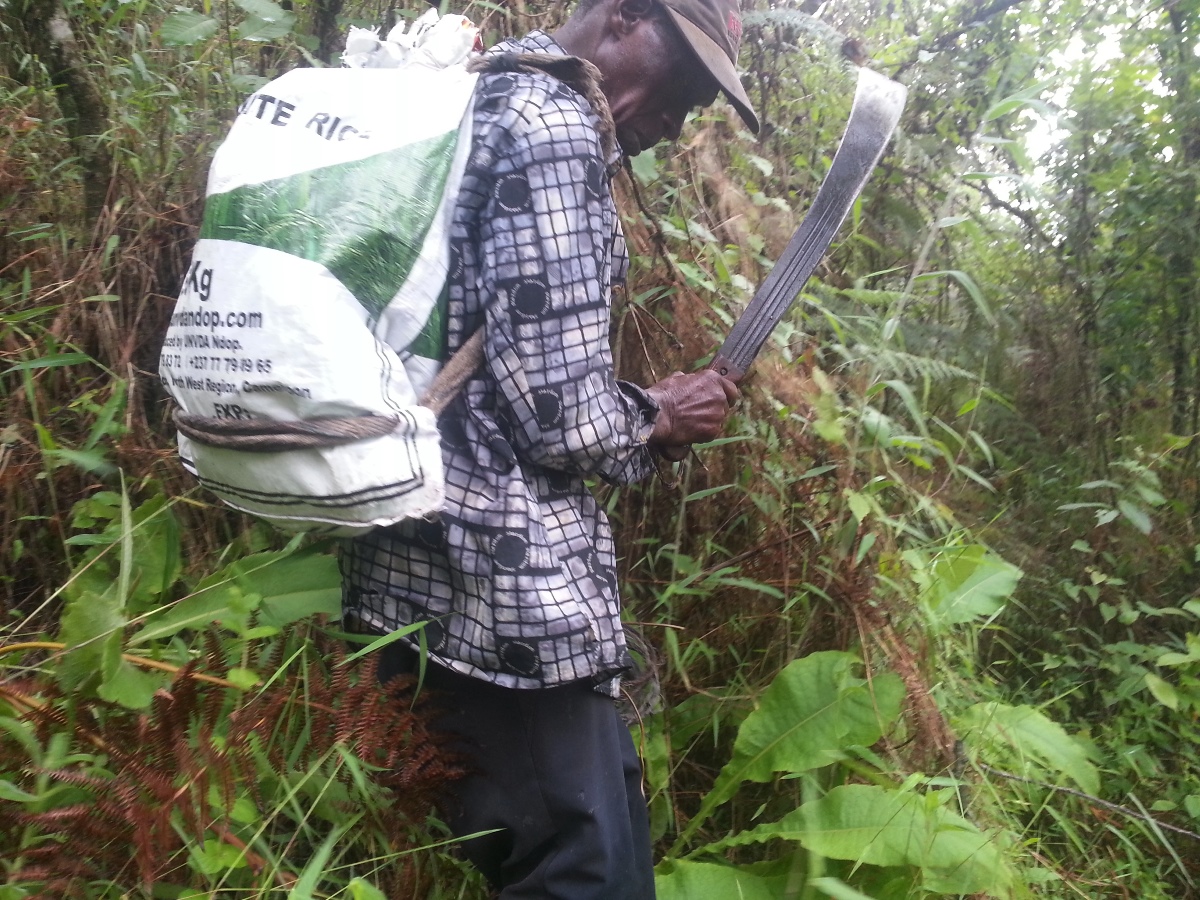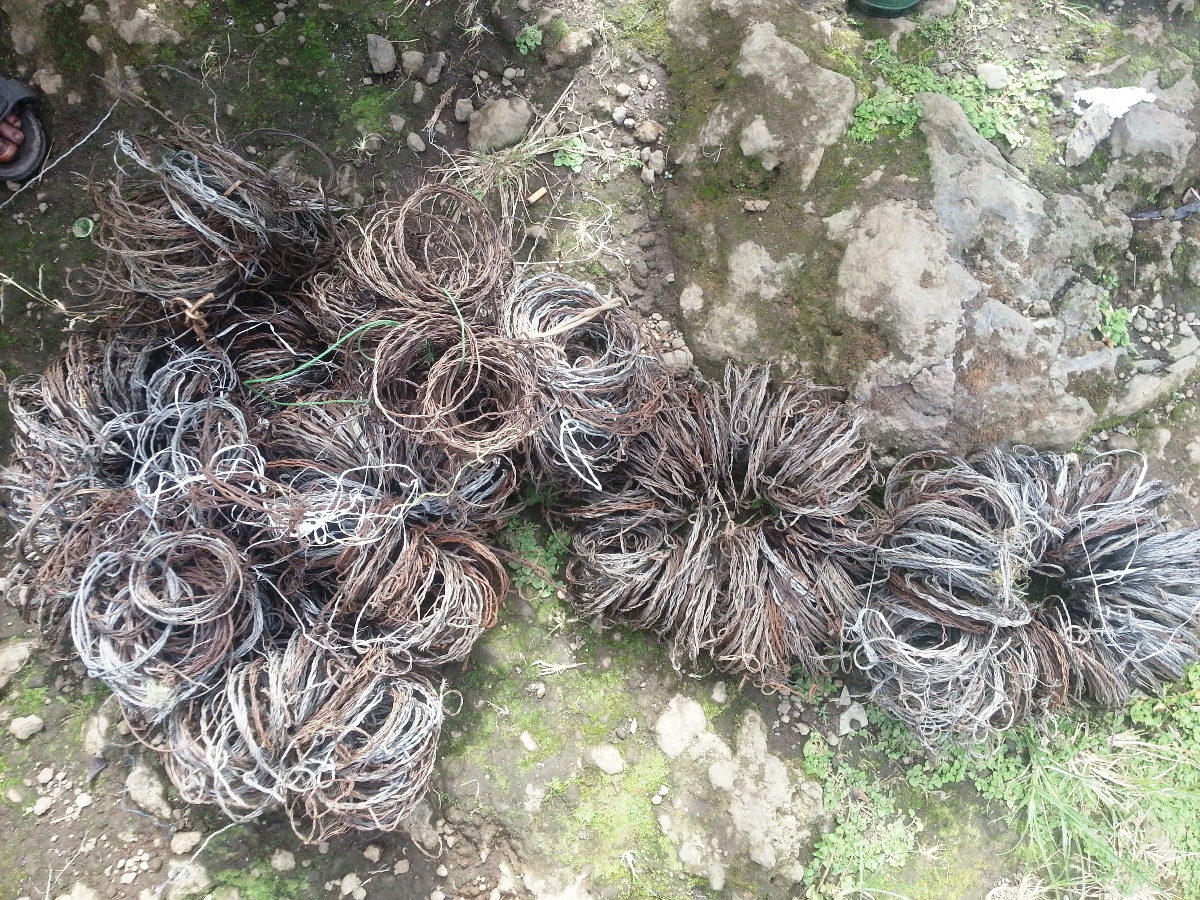Community Engagement Towards Natural Resource Management
The Bantu people who settled around Mount Cameroon in the late 17th and early 18th centuries were drawn primarily by the abundance of resources they found in this lush area. Wildlife was plentiful and hunting was a priority activity. As time went on, the traditional hunting techniques which used only natural materials gave way to more efficient methods which included the use of wire snares, den-guns and dogs. These new techniques greatly increased the chances of making a kill.
Initially, this worked well. The vastness of the area permitted the hunters to establish large hunting grounds, and a single hunter could deploy between 150 and 500 snares or traps. Over the long term, however, this large-scale trapping was not sustainable, and wildlife numbers diminished critically. Since it was not easy to check so many traps regularly due to the difficult terrain, the traps ended up killing much wildlife regardless of age, sex or status (pregnant or not).
This unsustainable trend is now being reversed through the efforts of community-based organizations such as Global Hand Cameroon, as well as other institutions such as the Mount Cameroon National Park (MCNP). According to Mr. Ikome Nelson, Collaborative Management Unit Head of MCNP, the Program for the Sustainable Management of Natural Resources (PSMNR) has introduced a sustainable livelihood package that supports hunters by providing livestock, agriculture and vocational training as alternative income sources.
As part of this project, some identified hunters have already been trained in their various areas of interest. And due to the envisaged benefits of this initiative, hunters from two of the four targeted villages have collaborated with the park service to dismantle and remove their traps from around and within the national park. In that joint effort, the hunters handed over 3500 wire snares to the park service.
Wildlife and communities alike are benefitting from this very positive new initiative.





